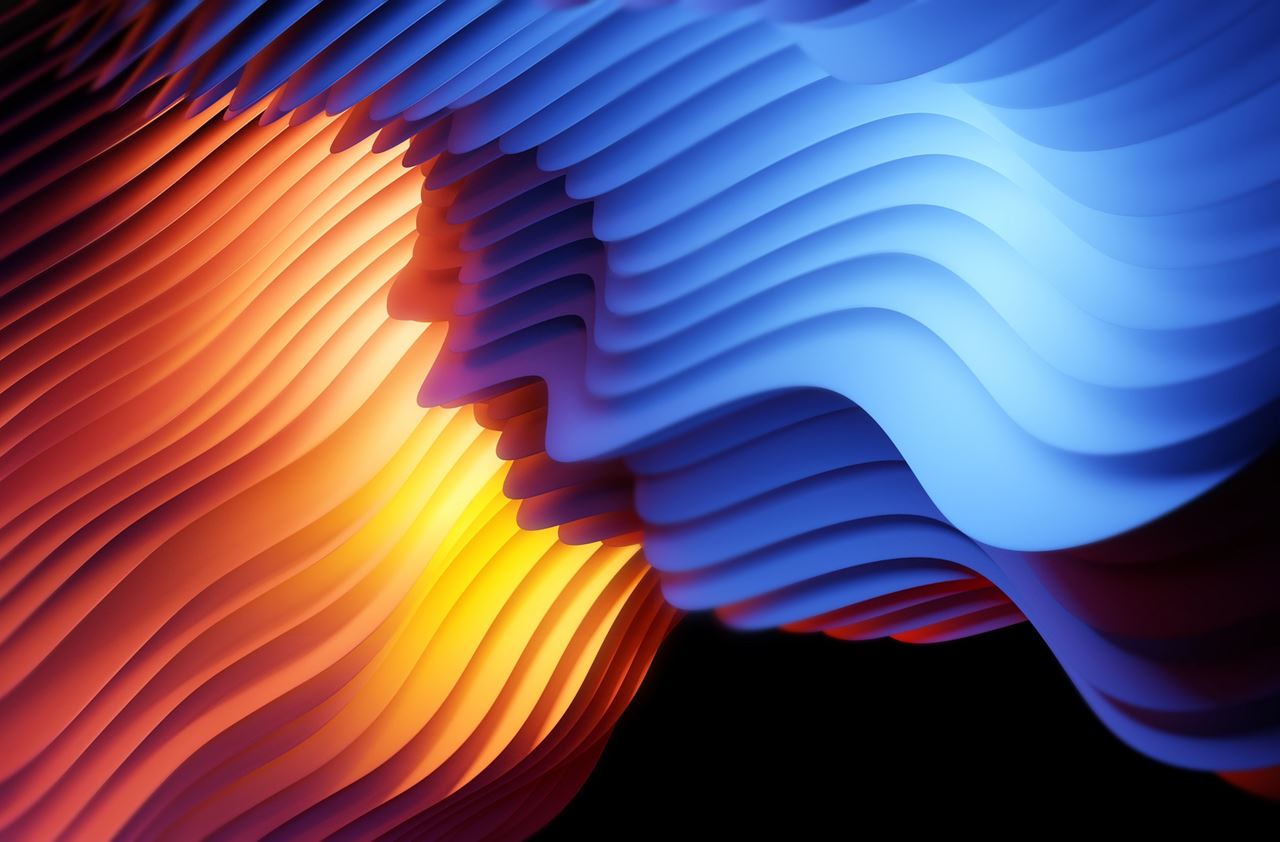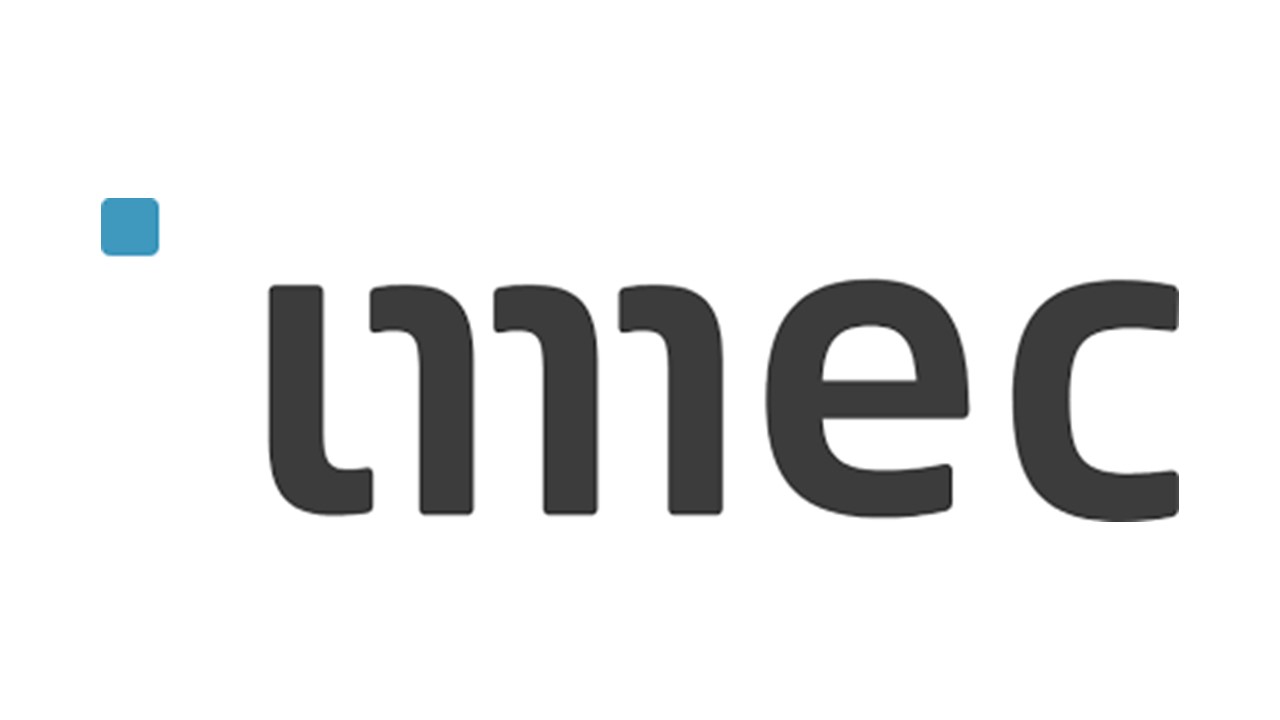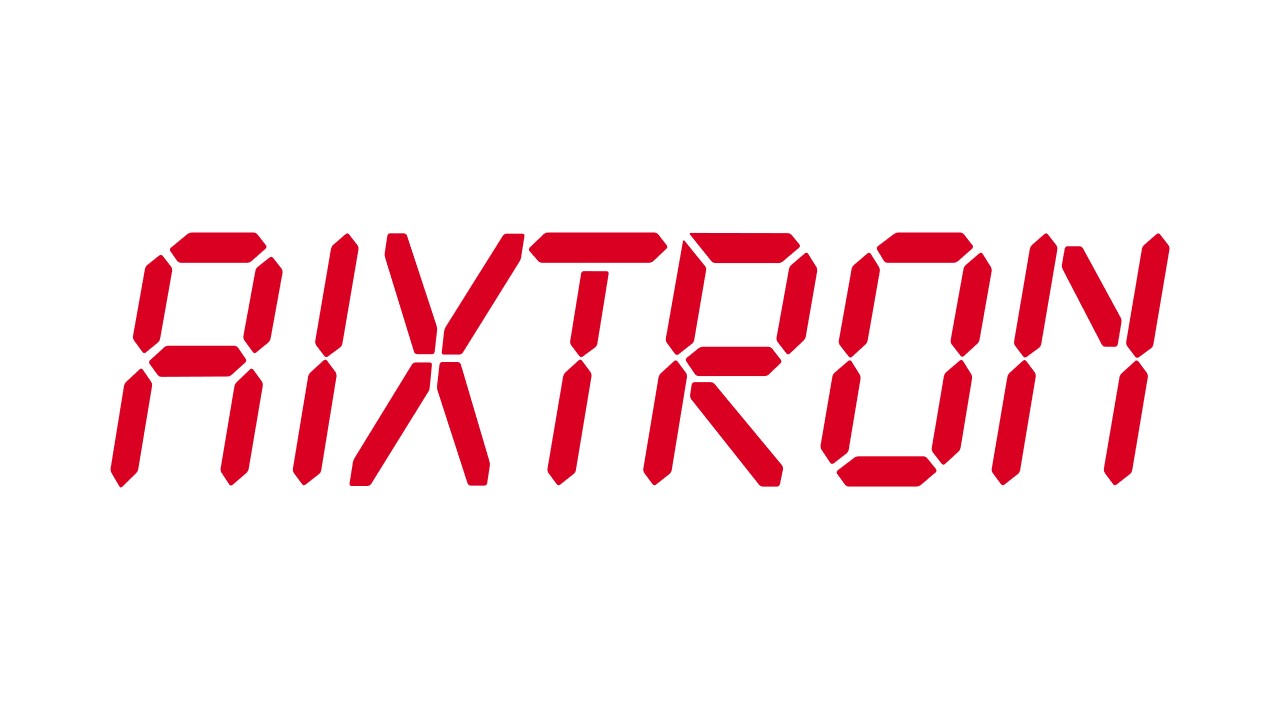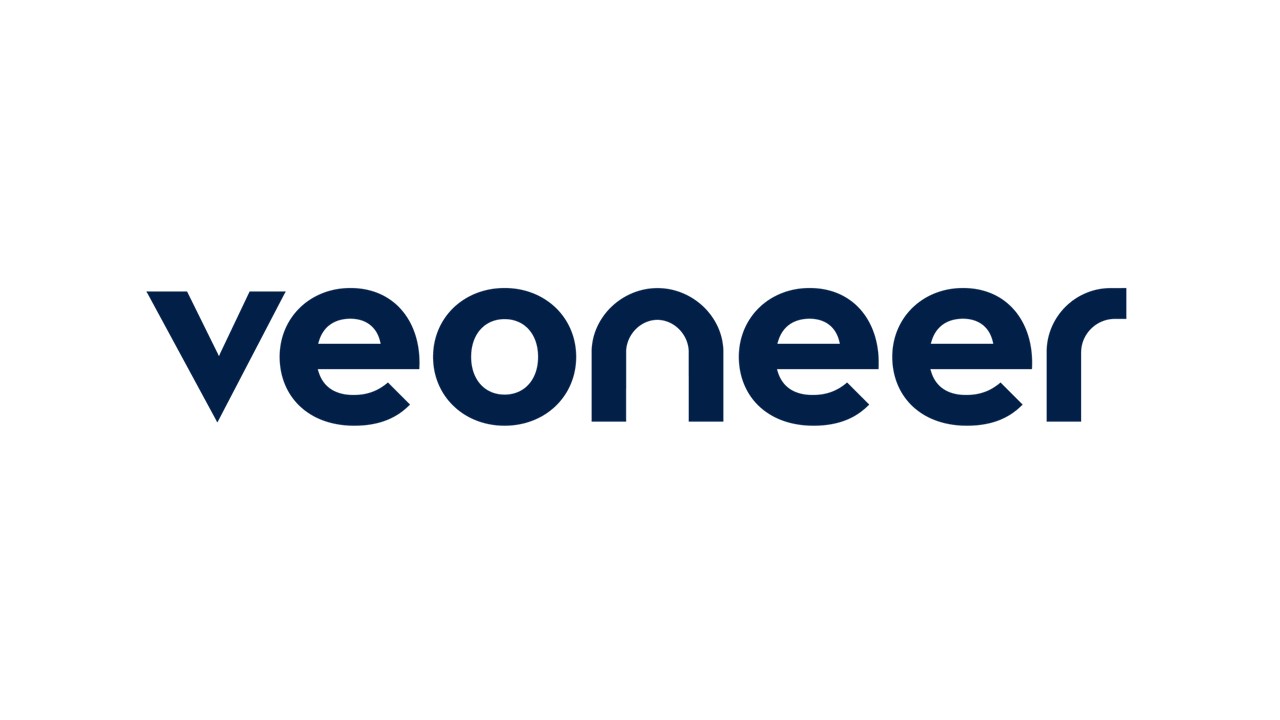Autovision Spearhead Project
Autovision: Graphene collision avoidance systems for autonomous vehicles
Autonomous driving is the future, but is it safe? High-intensity sunlight, fog, poor street lighting and other common low visibility conditions are some of the main challenges for the reliable deployment of advanced driver assistance systems (ADAS) and automated driving systems (ADS). The current state-of-the-art cameras used in these vehicles rely on visible light, which means they perform poorly in low visibility.
The AUTOVISION Spearhead Project aims to develop a graphene-based image sensor for short-wave infra-red radiation (SWIR), and integrate it in a suitable camera system for self-driving cars.
Led by Qurv in Barcelona, AUTOVISION counts on the collaboration of industrial partners such Aixtron in the UK and Veoneer in Sweden, to help make safe deployment of autonomous vehicles possible. Afterall, the success of autonomous driving will largely depend on how split-second moments of imminent hazards are handled.
The AUTOVISION project, over the course of three years, will produce complementary metal-oxide semiconductor (CMOS) graphene quantum dot image sensors in prototype sensor systems, ready for uptake in the automotive sector. Across the duration of the project, the developing image sensor is set to take huge leaps in sensitivity, operation speed and pixel size.
In the wider electronics industry, CMOS are at the heart of technological revolution. They have enabled compact and low cost micro-electronic circuits and imaging systems, but the diversification of this technology in applications other than microcircuits and visible light cameras has made limited progress. This is due to the difficulty of combining CMOS with other semiconductors apart from silicon.
Recently, monolithic integration of a CMOS integrated circuit with graphene has been made possible, enabling high-resolution image sensing that detects UV, visible, infrared and even terahertz frequencies.
The sensor's ability to see in the infrared — effectively night vision — means that same graphene CMOS sensors can be used as part of a self-driving car's automatic brake system, specifically in bad weather. This collision avoidance system is set to be a crucial application for graphene, and one that will help the wider uptake of autonomous driving technology.

Discover more about AUTOVISION
Discover more about AUTOVISION, their 2020 highlights and plans for the future in our latest Annual Report






